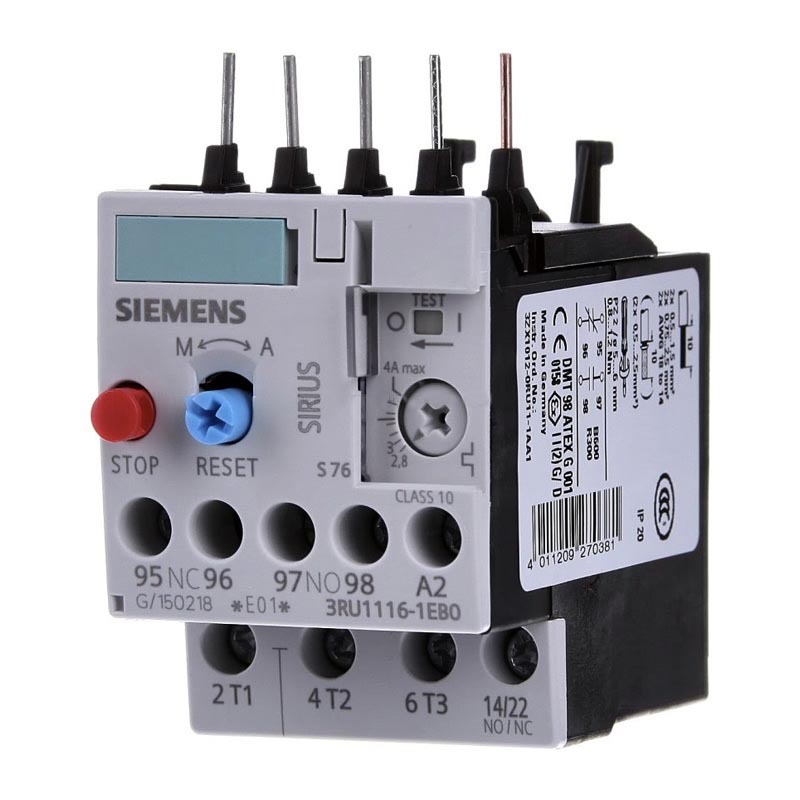

As result, the communication range was extended to the required value, guaranteeing the link between the reader and the tag throughout the entire revolution cycle of the crankshaft. To compensate these effects and extend the communication range, a tuning procedure of the reader circuit was carried out and the power emitted by the reader had to be increased. Therefore, an experimental evaluation was performed, to measure the effects of the coil interaction with the environment inside the machine. However, the interaction of the RFID interface with the metallic parts inside the machine deteriorates performance, causing a strong reduction in the expected communication range. To minimize operating condition changes at the reader circuit, the geometric variables of the coil were recalculated while keeping its electrical parameters constant. To address this problem, a redesign of the reader coil is proposed in this work. However, as the tag moves away from the reader, during the crankshaft revolution cycle, their communication is interrupted. The tag moves with the connecting rod, while performing the measurements and reporting them to the reader.

The tag is integrated with a microcontroller and a signal conditioner, which is connected to thermocouples that sense the temperature of the bearings.

Taking advantage of that, a prototype for temperature monitoring in connecting rod bearings RFID tag was developed based on a commercial device. Because RFID tags can be used as a communication interface for data transmission, but also as energy harvesters, it becomes attractive for wireless and battery free applications.

Current wireless power transmission techniques, in combination with the large integration in silicon devices and ultra-low power integrated circuits have enabled the use of RFID tags as sensors.


 0 kommentar(er)
0 kommentar(er)
